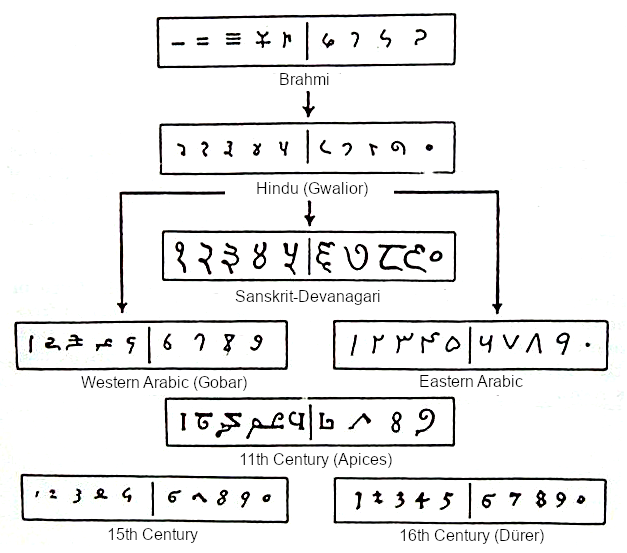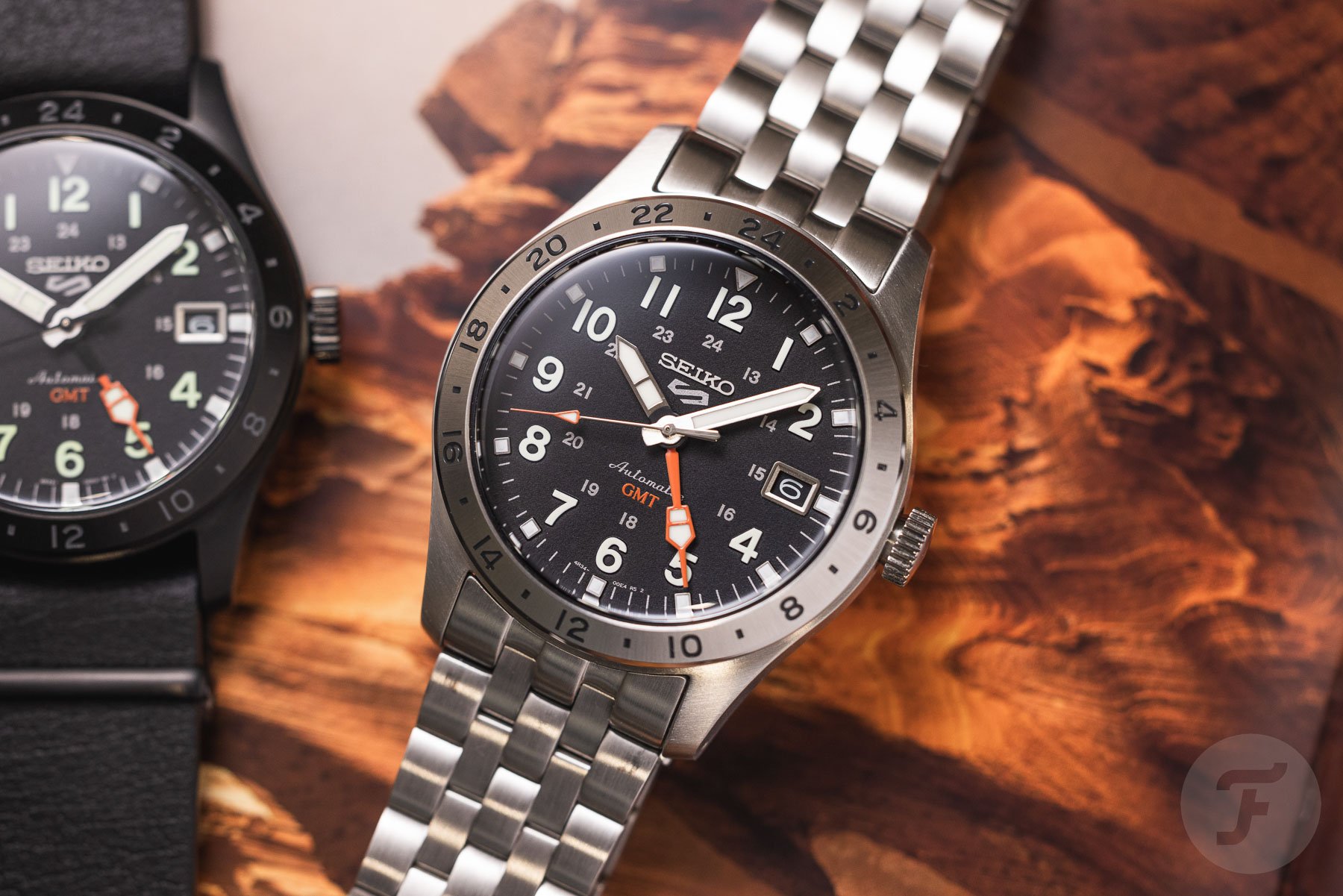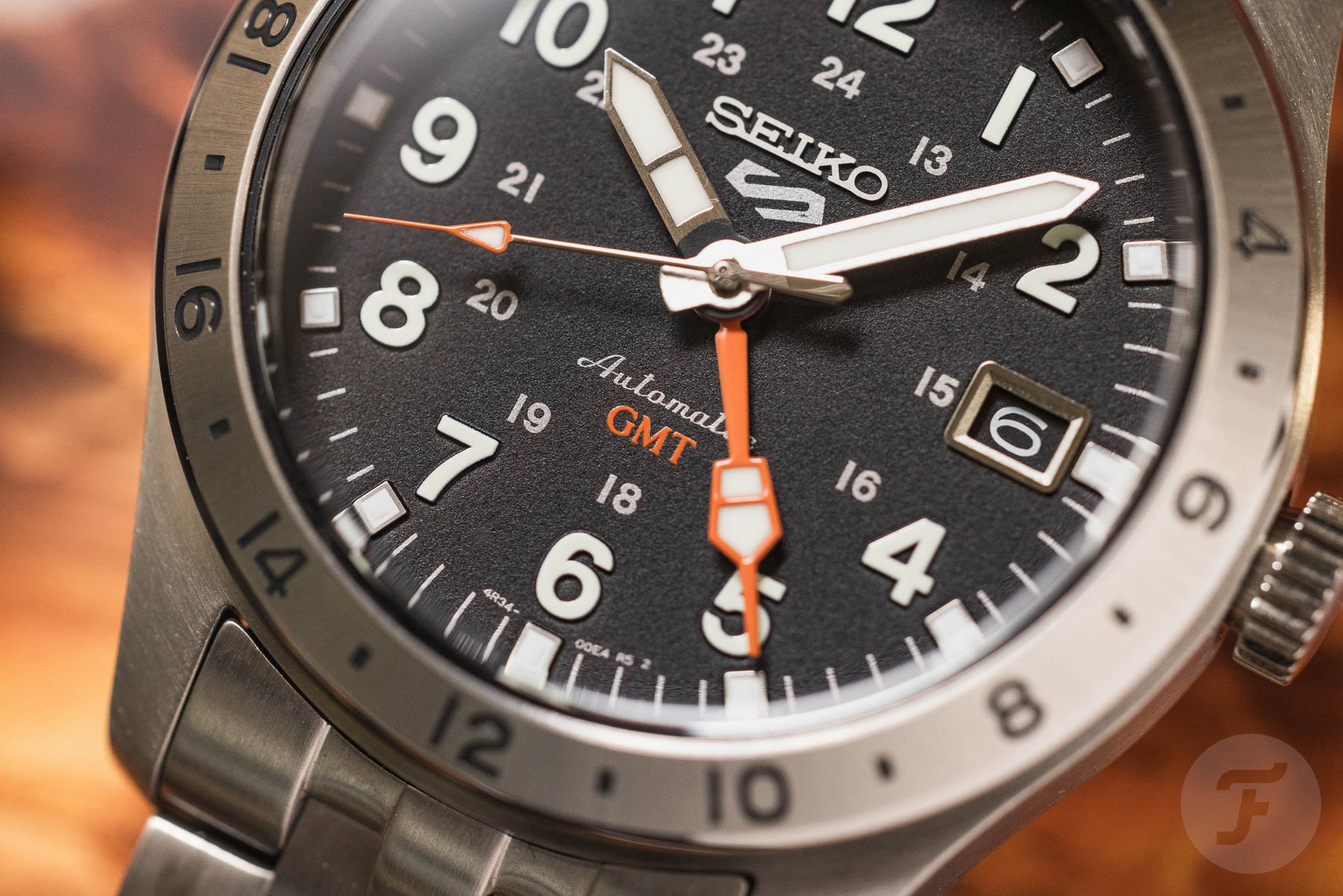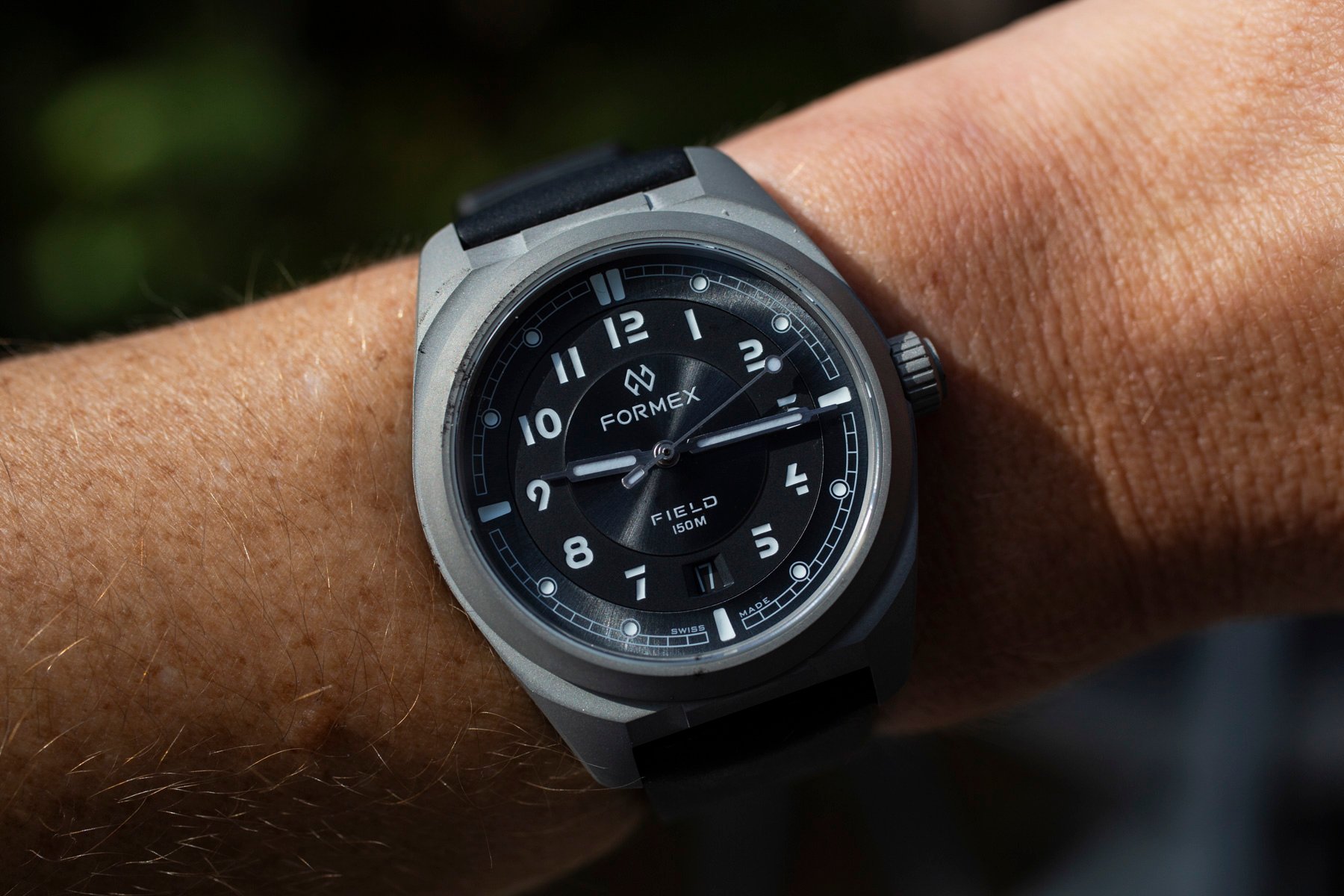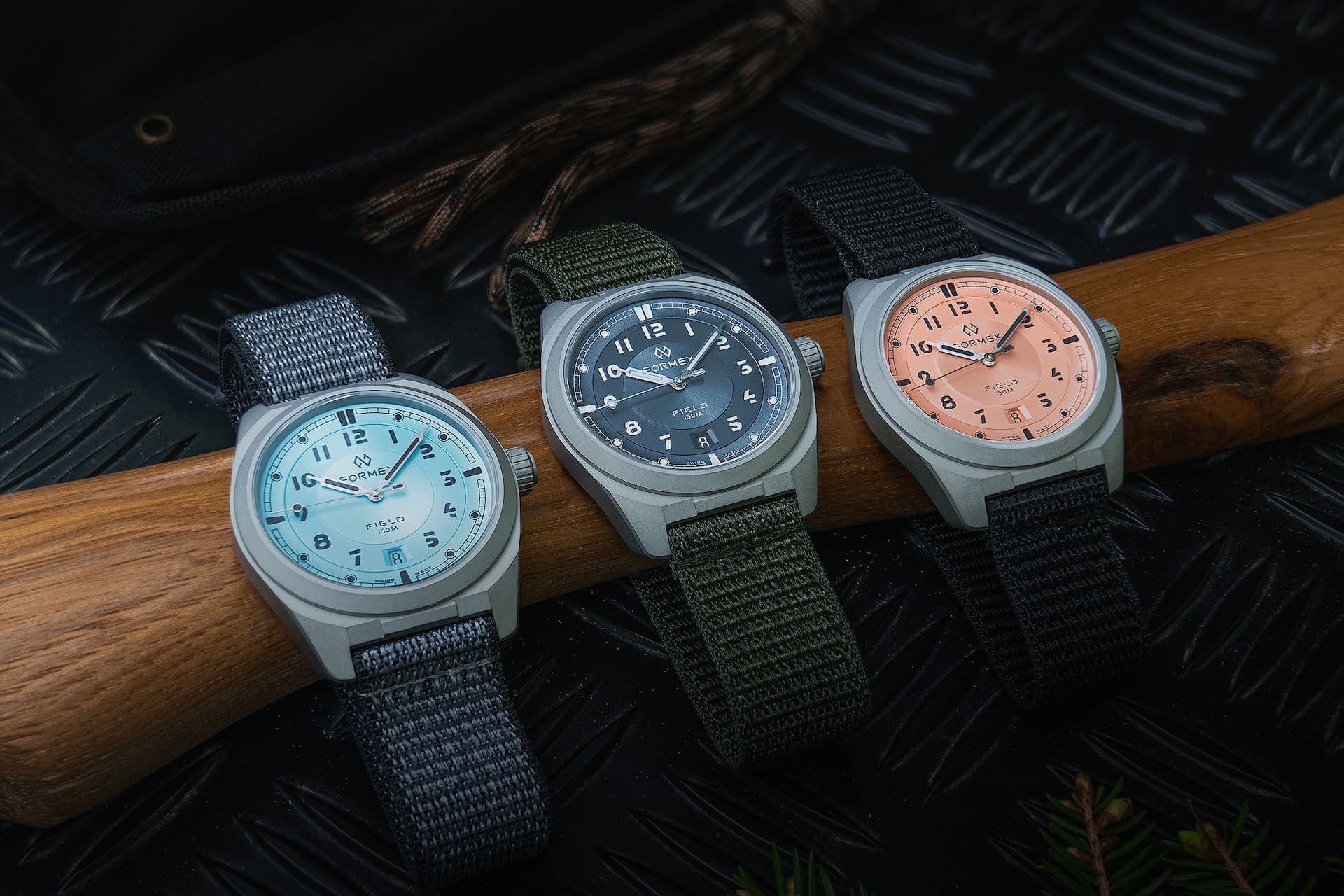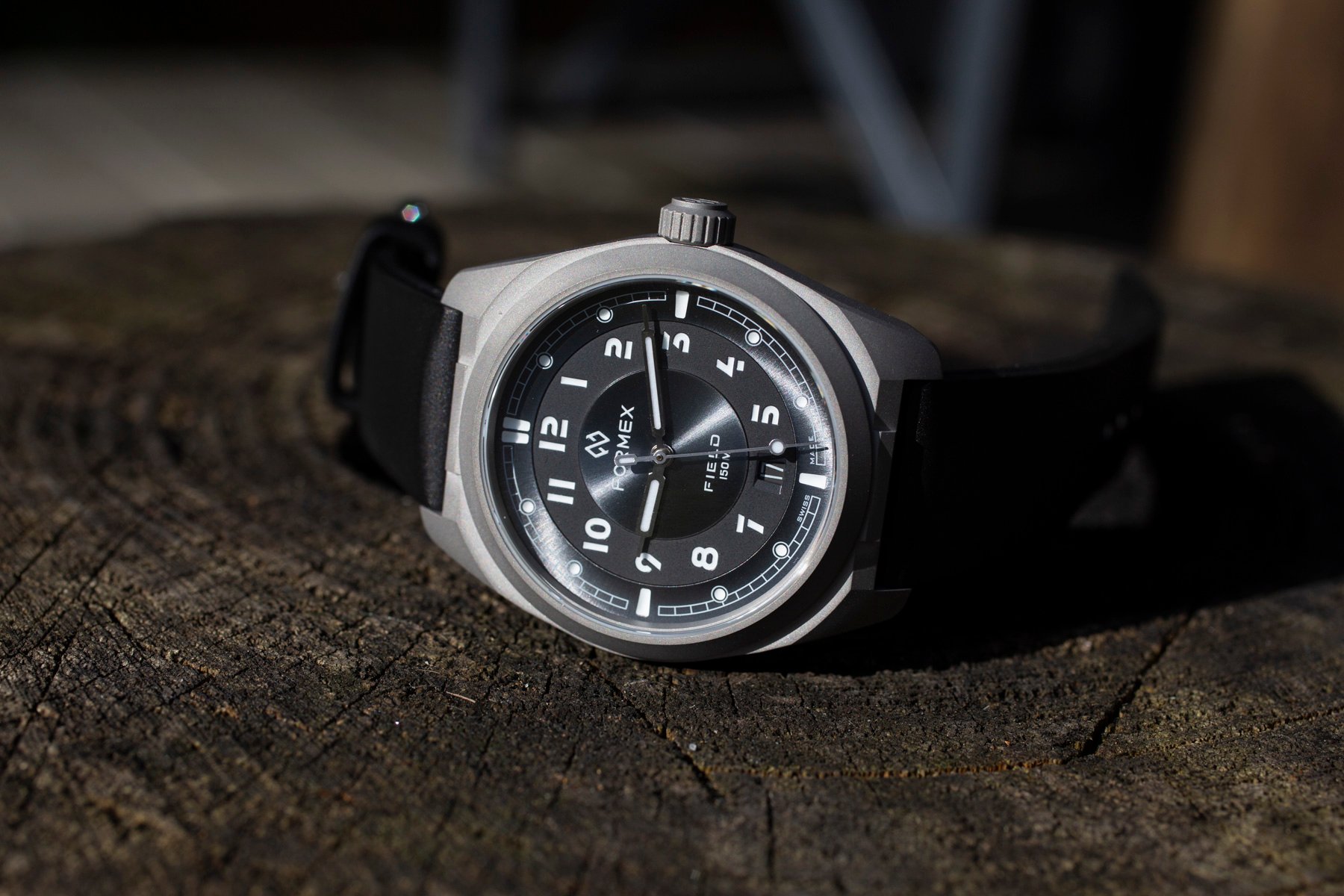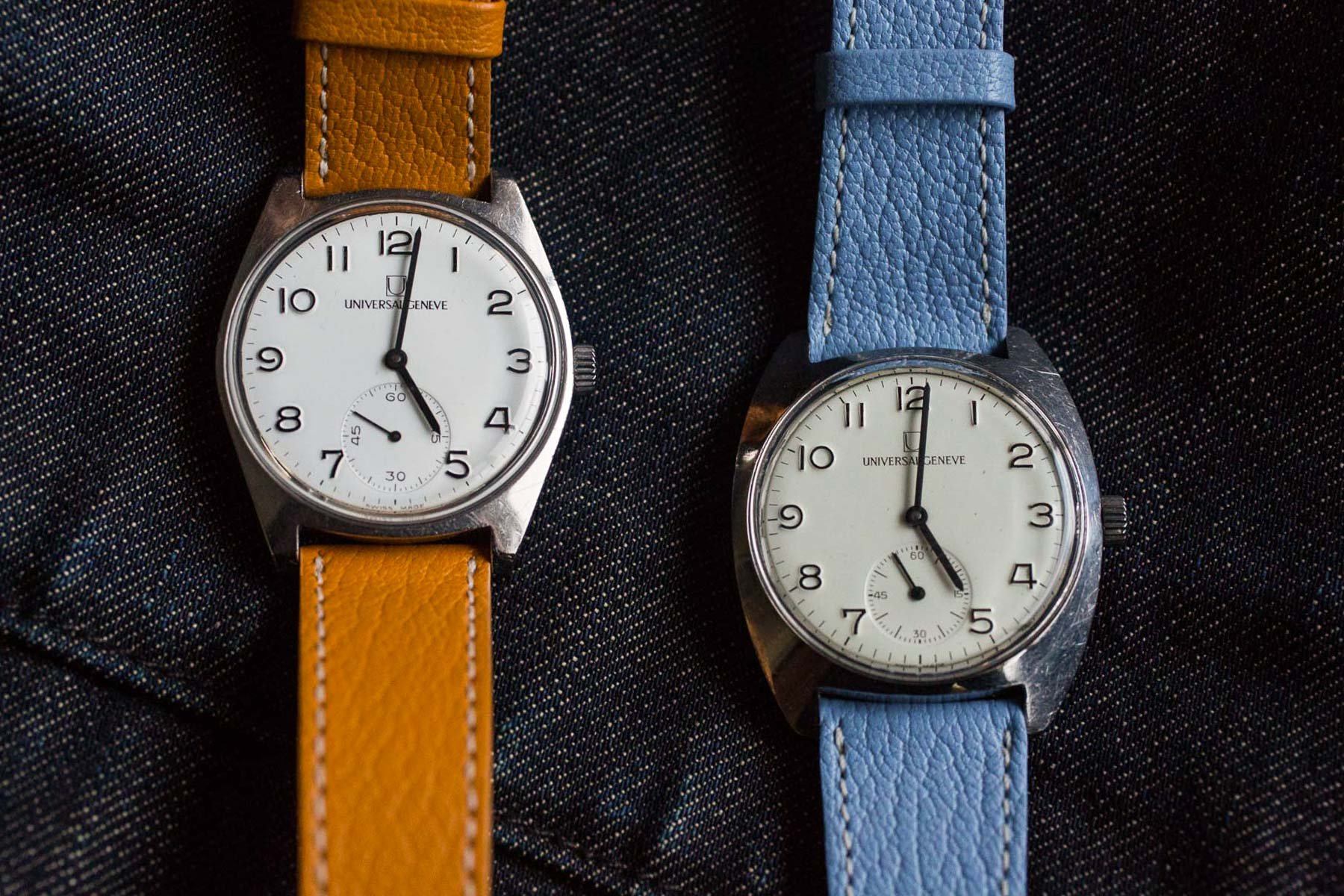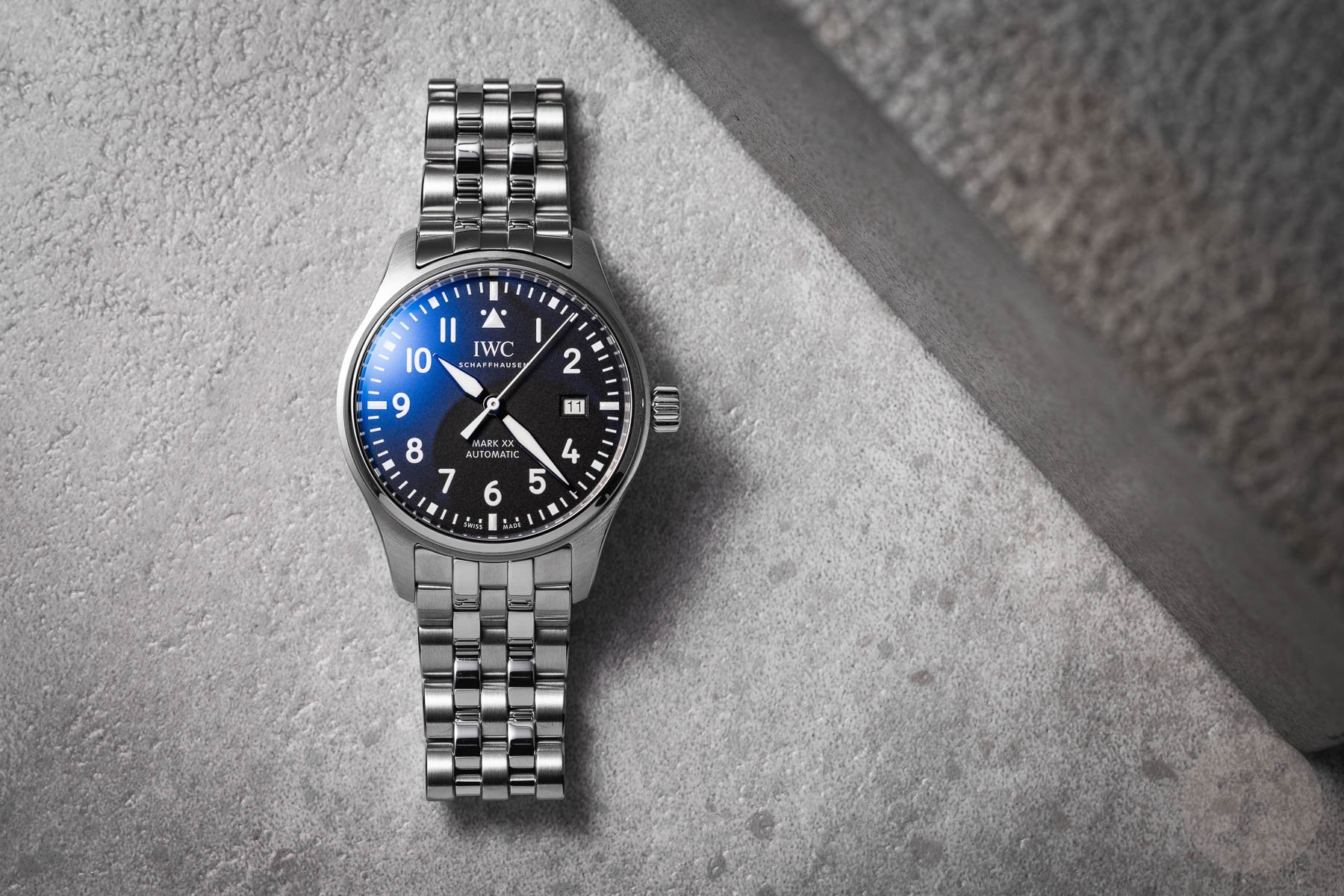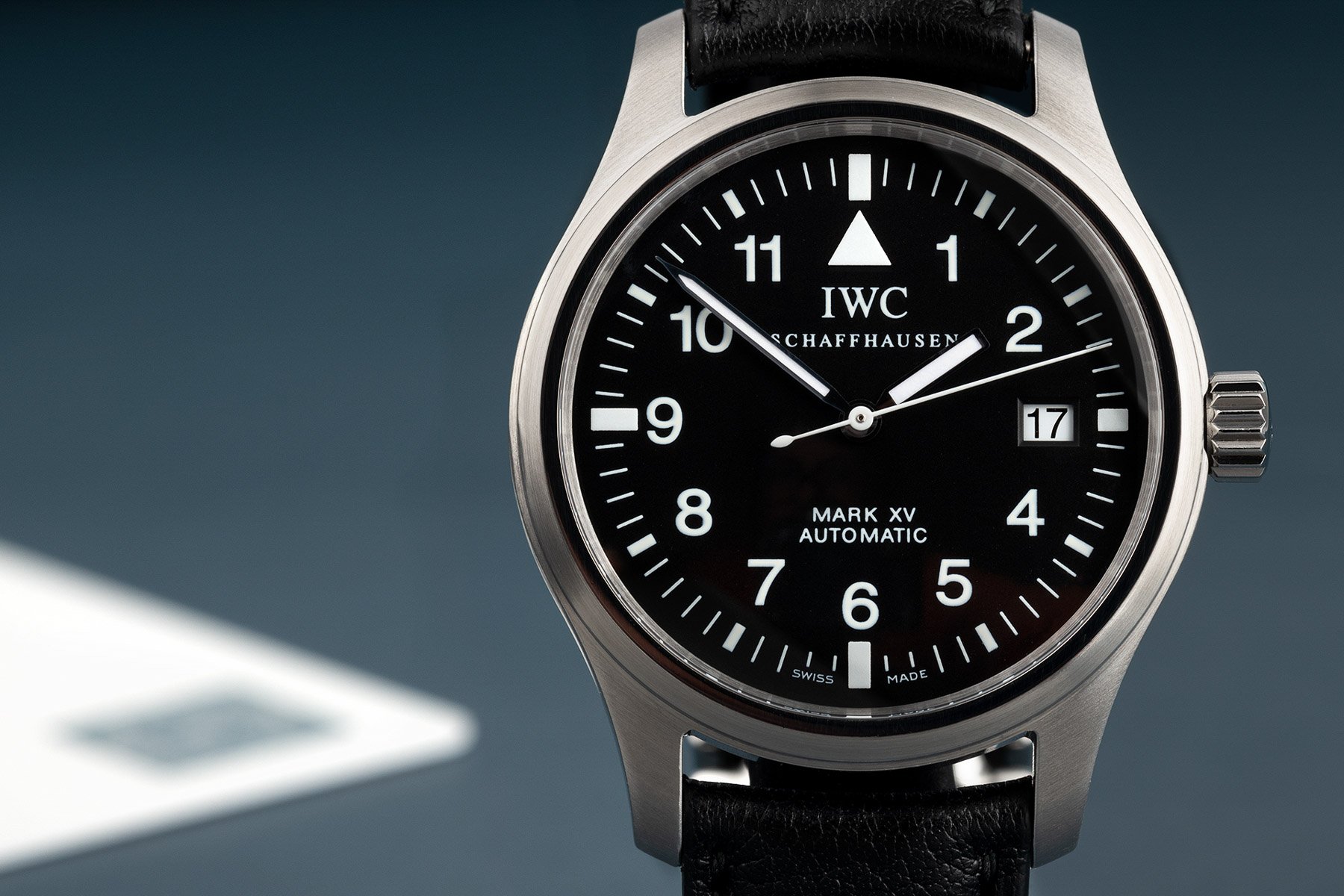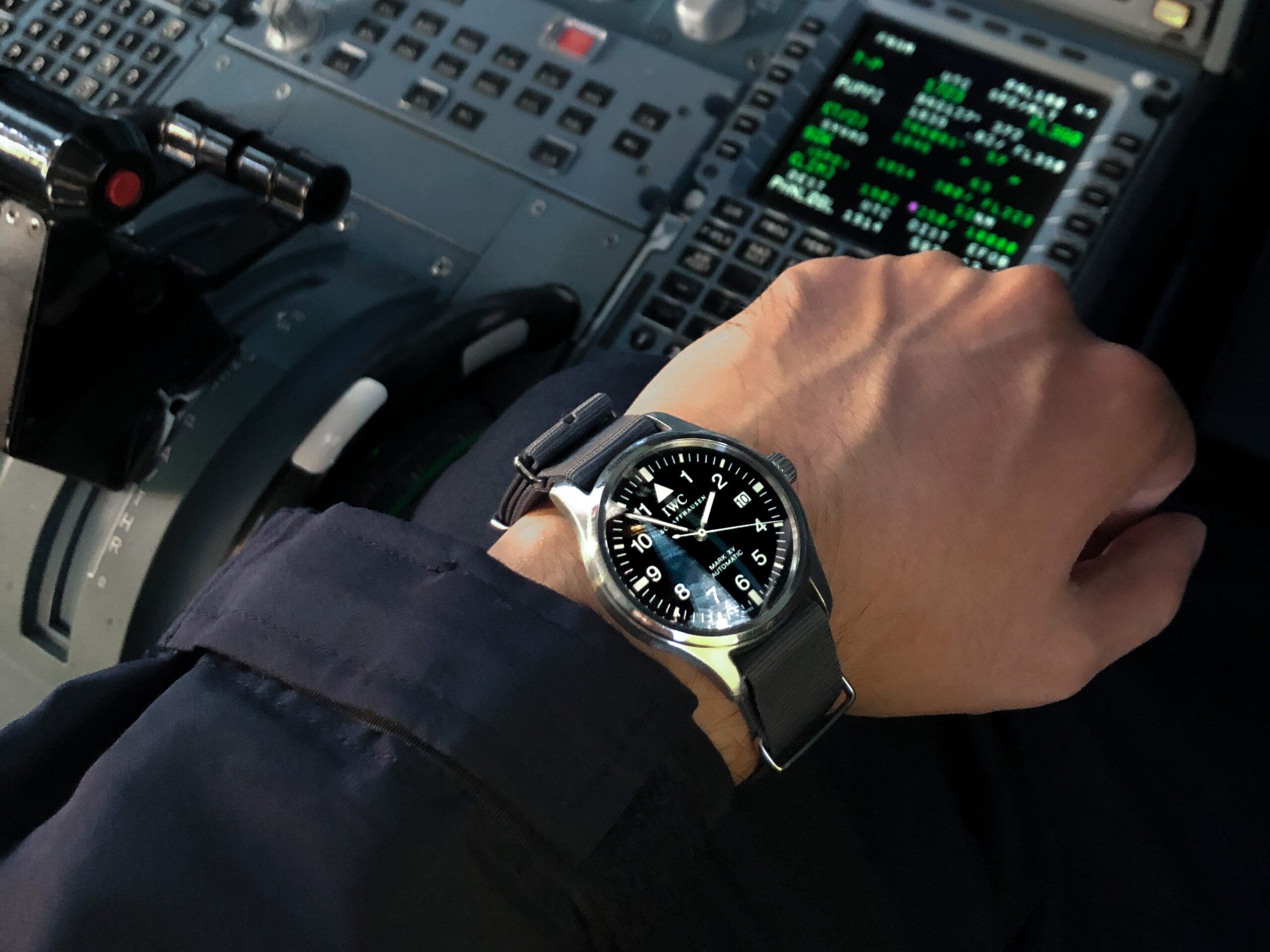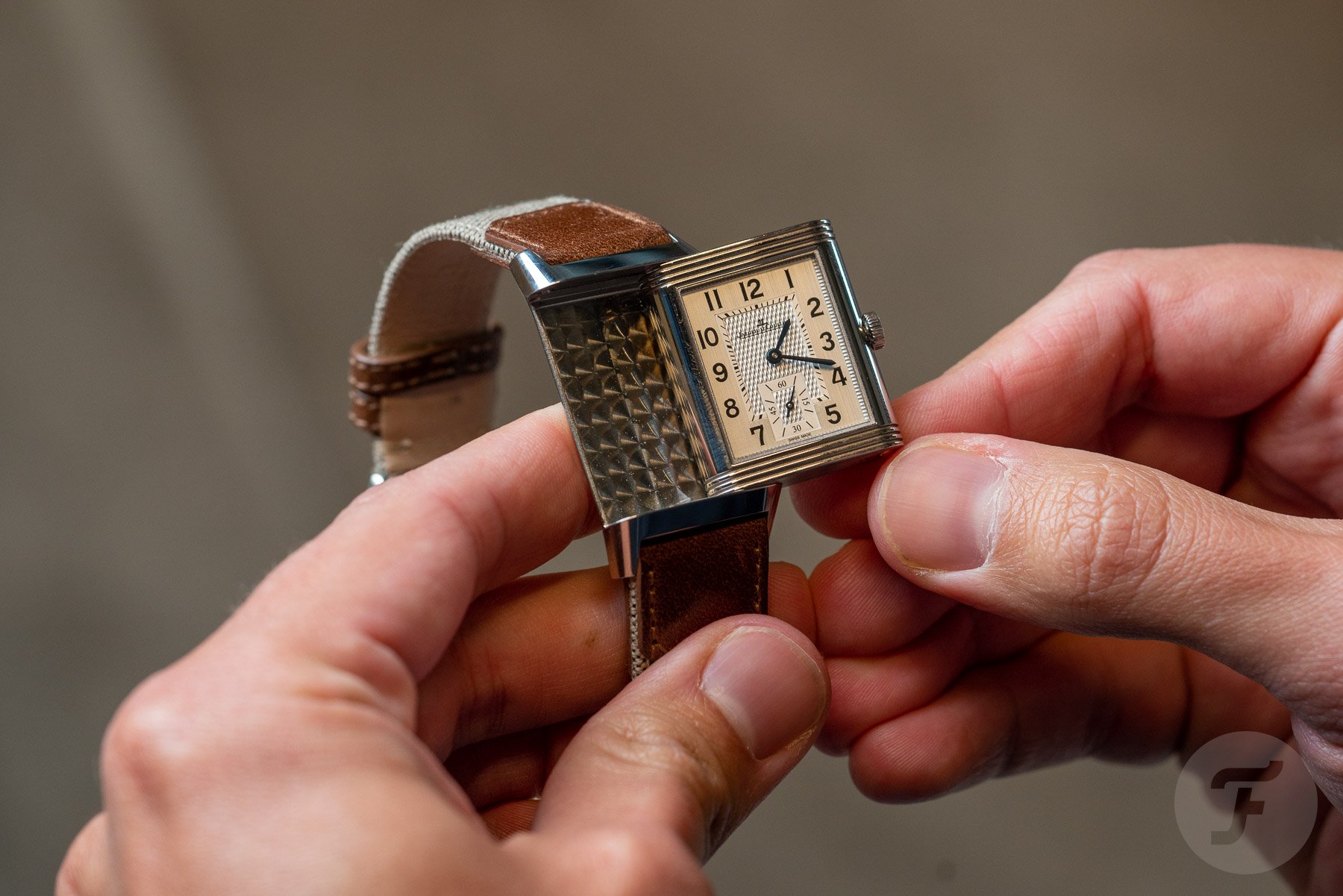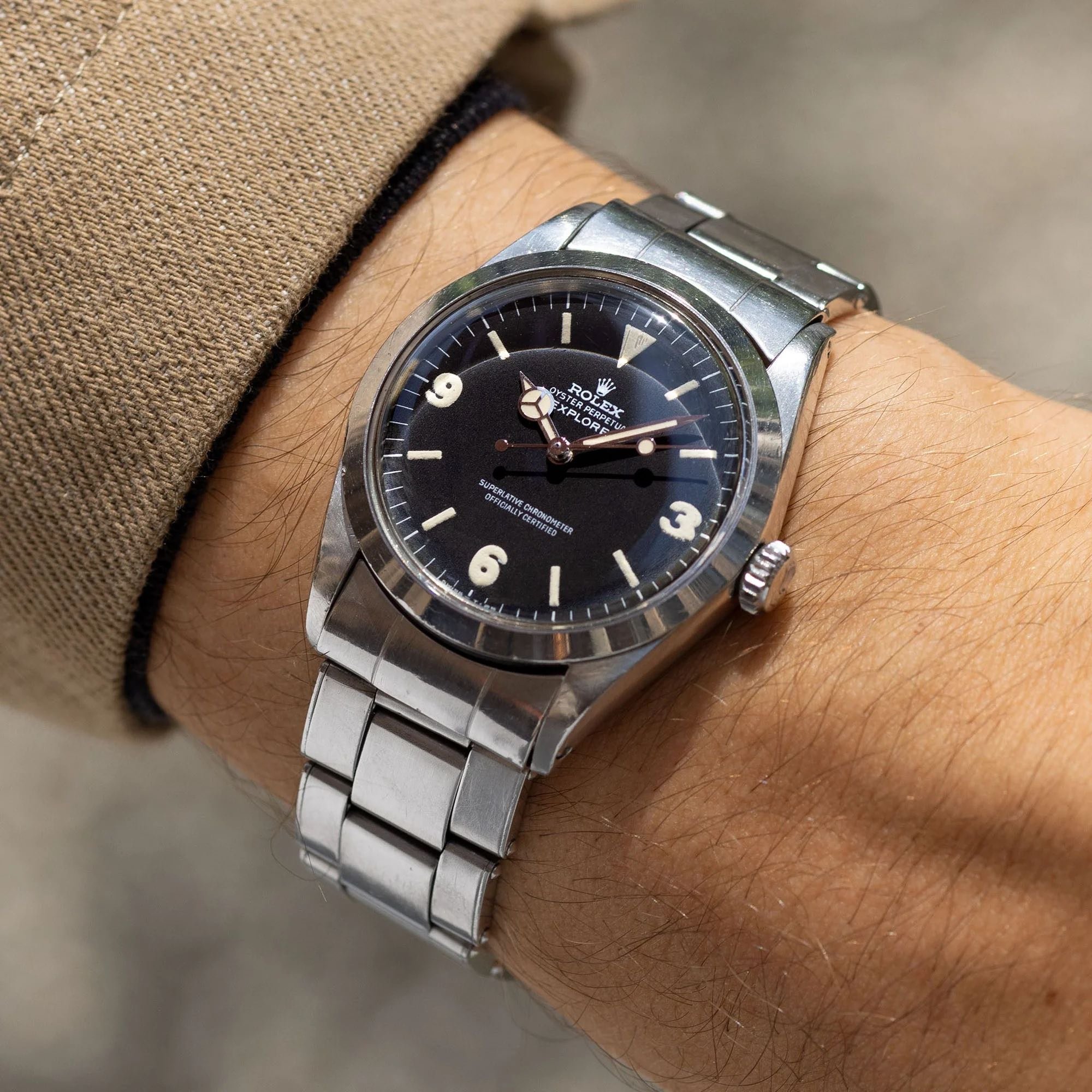A Return To Elegant Simplicity: Five Watch Options With Arabic Numerals
Arabic numerals are often recognized as one of the easiest means to read the time at a glance. For centuries, Roman numerals were the fashionable standard for time-telling. These days, Arabic numerals, alongside markers, are now considered more of a “standard” means of telling the time. This is particularly relevant in the digital age, when Arabic numerals are most often displayed on digital screens. I also find Arabic numerals the easiest shorthand method of reading the time. Here are five examples of watches incorporating Arabic numerals that are worth your time.
First, though, I should explain what I mean by the term “Arabic numerals.” Arabic numerals originate from India. Europeans were first exposed to Arabic numerals in the 10th century. Italian scholar Fibonacci (from Pisa) encountered the numerals in the Algerian city of Béjaïa and used them in his 13th-century work Liber Abaci. This is considered to have been crucial in making them known in Europe. However, according to studies, they remained in use primarily in Northern Italy until the invention of the printing press in the 15th century. Today, Arabic numerals (0, 1, 2, 3, 4, 5, 6, 7, 8, and 9) are the most commonly used symbols for writing numbers.
Watches with Arabic numerals
I started my horological journey with a watch that had Arabic numerals. That watch was the Seiko 5 SNZG11. It accompanied me throughout my travels in Asia. Now, 10 years later, I still remember the marvel of staring at that open case back and seeing the mechanical movement beating within. Many people would potentially recommend a diving watch as the first mechanical watch for a budding enthusiast. However, if anyone ever asked me (not that anyone does), I would heartily recommend something with Arabic numerals. I don’t know about you, but I find it’s a lot easier and requires less mental arithmetic to tell the time from a dial using these symbols. Here are five recommendations I would give.
The Seiko 5 Sports GMT “Field”
The Seiko SSK023 shares much of the design language of my Seiko 5 SNZG11. What we get, however, is added functionality with a GMT caliber, the Seiko 4R34. While it eschews the day display, it shares many of the same specs as the 4R36, including a 41-hour power reserve and a 21,600vph frequency. The SSK023 comes with a simple stainless steel 24-hour bezel fixed to the 39.4mm case. The watch is 13.6mm thick and 47.9mm from lug to lug. You get a grainy matte black dial with Lumibrite indexes and numerals (1–12), a 13–24-hour scale, and a date window with an applied frame. It’s a simple-enough layout that is legible and functional.
Another great feature of the Seiko 5 Sports line, more generally, is the 100m water resistance. Even with a simple push-pull crown, this rating provides enough capability to freely wear this watch in any pool or most ocean adventures. The lugs have a 20mm spacing, so the sheer number of strap options available to owners is vast. Add to this the down-to-earth aesthetics of a field-esque black-dial watch with a fixed stainless steel bezel, and we have a true GADA option from Seiko.
The Formex Field Automatic
Formex recently reinvigorated its entry-level Field Automatic model. The spec list (which is impressive, particularly for the asking price) remained unchanged. However, the dial changed significantly. This completely alters the vibe of the watch. One thing I appreciate about Formex, besides the excellent quality-to-price ratio, is that its designers are willing to take risks for the sake of being avant-garde. The Formex Field Automatic is no exception. We have numerals that reference Art Deco motifs. Look, for example, at the cutoff 9.
That said, the overall feel and look of the watch is very modern. The bead-blasted Grade 2 titanium case is hardened to 900 Vickers. Speaking of the case, it has a 40mm diameter with a nice compact 46.6mm lug-to-lug and a 10.6mm thickness, which feels nice and slim. The screw-down crown helps provide water resistance to 150 meters.
A powerful value proposition
The watch comes with a Sellita SW200 caliber, an ETA 2824 equivalent, that is perfect for the rugged tool-watch category this piece inhabits. The date is at 6 o’clock, which is a nice touch, and the lume is excellent (particularly on the charcoal dial). Speaking of the dials, we have three new options with this generation of the Field Automatic — salmon, aquamarine, and charcoal. Unlike the other two, the charcoal version has white numerals (and stronger lume). That would be my pick of the bunch.
Several of my Fratello colleagues have found the Formex Field Automatic impressive, and I can see why. The watch is intriguing and surprisingly complex, with multiple design components. It has a busy design that grows on you when you’re handling it in person.
A vintage gem: The Universal Genève “FS”
Universal Genève “FS,” short for Ferrovie dello Stato (“Italian State Railway”), is a series of watches in three variants, or marks, all with white dials, black Arabic numerals, and sub-seconds. These watches were offered to Italian railway workers. In the early 1960s, Swiss watch company Universal Genève, already a popular brand in Italy, became a go-to supplier for the Ferrovie dello Stato.
But rather than the complex chronographs for which Universal Genève made a name for itself during the era, these watches were specially made and simply elegant timepieces for Italy’s rail workers. These highly legible vintage Universal Genève FS models were in production from the early to mid-1960s right up to the mid-1970s.
A beautiful enamel dial
Universal Genève fitted these watches with its caliber 64, a non-hacking movement. Estimates vary, but around 80,000 Universal Genève FS watches are thought to have been made, with the second version being the most common of the three. The Universal Genève FS MK I had a smaller 34mm case, while the MK II and MK III versions came in 36mm cushion cases. The MK I and MK II had enamel dials. The stamped Arabic numerals rise off the dial, creating a three-dimensional popping effect in the outside light.
The numerals themselves have a mysterious font that I love. The open 6 on the MK I’s sub-seconds register is an extremely subtle but cool detail that is absent from my MK II. The more you look at these deceptively straightforward dials, the more nuances present themselves. These watches are things of beauty.
IWC’s Mark series
Regular readers of my contributions to Fratello may roll their eyes at this point. If you don’t know, I am a fan of IWC. This Schaffhausen-based watch company has a storied tradition of creating aviation watches. These were designed to be as legible as possible so that pilots and navigators could read the time at a glance. This developed into the Mark series, which continues to the modern day with the Mark XX.
It’s somewhat ironic that a watch famous for its Arabic numerals uses Roman numerals for its model designation. If you’re in the market for a tough-as-nails pilot’s watch, look no further than the IWC Mark series. The question is one of what model to go for.
IWC gems on the secondary market
There are great bargains on the used market, particularly with the Mark XVII and XVIII. However, my favorite is the Mark XV, which houses a modified ETA 2892-A2 and has a 38mm case size. For those after an even more classic option, look no further than the IWC Mark XII (also known as the Mark 12). This comes in a smaller 36mm size and has a caliber from Jaeger-LeCoultre ticking inside.
These watches come with an iron inner cage as standard, providing excellent resistance to magnetism. The cases are also engineered to withstand sudden decompression and have a 6-bar water resistance rating and a screw-down crown. IWC says that the water resistance rating is perfectly suitable for snorkeling if the watch has passed a pressure test. I wouldn’t recommend taking a vintage Mark XI (11) into the ocean, though!
Jaeger-LeCoultre Reverso
The last watch on this list is the Jaeger-LeCoultre Reverso. I’m not suggesting any one specific model here, but if it were up to me, I’d probably opt for something in a smaller size with a mechanical caliber. The Jaeger Le-Coultre Reverso is an elegant dress watch, to be sure, but it has its origins as a sports watch. The reversing face allowed the case back to act as a steel shield, as the watch was used by polo players in the earlier part of the 20th century.
It’s a good backstory, and the design of the watch is nothing short of iconic. Also, thanks to its understated and clear Arabic numerals, it’s remarkably easy to read. Not all versions have Arabic numerals, but most do, and this would be the option I’d veer toward. The other great thing about the JLC Reverso is that it is a timeless case shape that looks appropriate in so many different situations, whether dressed up or dressed down. Do I own one? No. Would I? Certainly, but I’d go for something pre-owned as we’ve seen the retail prices of JLC’s watches skyrocket in recent years.
Concluding thoughts
Well, there you have it. There could have been many more watches on this list. I did consider the Rolex Explorer, for example, but thought that something with only a few Arabic numerals would be a bit of a cop-out. Microbrands and major brands of all sizes produce watches with Arabic numerals on their dials. But what I hope this list shows is that there are so many ways to skin a cat, so to speak. If you’re after something with a beautiful Art Deco feel, something like the Universal Genève FS is hard to pass up.
Considering the sheer number of options, I like to take into account how the use of Arabic numerals on each specific watch design makes me feel. How does it contribute to the overall design and function of the timepiece? What is the history of that particular watch line, or what does it offer at a certain price point? Let me know your recommendations for what should have been on this list in the comments section, Fratelli. I look forward to reading them!

